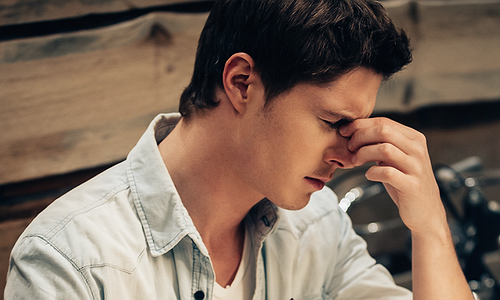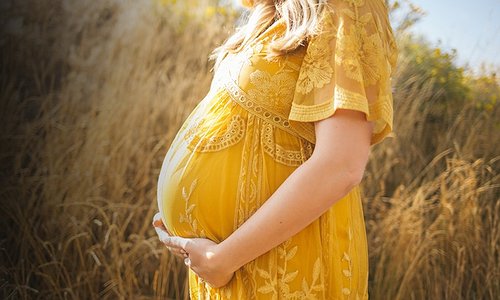The Reality of Breast Cancer Treatment Costs
The South African Government highlights that breast cancer is not only one of the most common cancers among South African women, but increasing as well.
As it is Breast Cancer Awareness Month, Zeeva encourages women to go for regular check-ups and mammograms. Early detection can ensure effective treatment and diagnosis. Experts say about 90% of patients go into years of remission when breast cancer is detected at the early stages. According to Jaco Visagie, director and financial advisor at Finsafe, 75% of Sanlam’s and Old Mutual’s 2016 dread diseases claims were admitted for cancer. Twenty-seven percent of this percentage was for breast cancer and six percent for colon/rectum cancer.
Here is a bit of a reality check on what to expect regarding breast cancer costs, as stated by Visagie:
First things first
• A general consultation can cost up to R590 on average which excludes materials or procedures.
• Scans like a bone scan; MRI scan biopsies are often required. Sometimes patients need genetic testing on the breast cancer biopsies. This is known as a Mammoprint or Oncotype DX. This will give direction on the best chemotherapy regimens, and costs over R30 000. Doctors use the results from a mammogram and an ultrasound as well as the pathology results from a biopsy to make a diagnosis. An image-guided core biopsy is the recommended procedure, however, in some cases; a surgical biopsy may be required. The average cost for breast biopsies is in the region of R18 000.
Surgery expenses
• The most common type of surgery is the surgical operation in which a lump is removed from the breast, typically when cancer is present but has not yet spread.
• Data currently indicates that the most frequently requested mastectomy procedures are the complete and radical mastectomies of both breasts.
• Extra costs are also incurred if a patient then opts for reconstructive surgery, which is a common procedure option after mastectomies.
• The cost of a mastectomy was on average R62 000 in 2015. And, the average cost for reconstructive surgery varied between R50 000 and R140 000. The cost depends on the complexity of the reconstruction and whether the patient also has nipple and areola reconstruction.
Post-surgery costs
The treatment or therapy that can be offered, before or after surgery, include systemic therapy such as chemotherapy with or without hormonal manipulation, targeted biologic treatment and radiation therapy. The treatment recommendations are dependent on numerous factors including the size and location of tumor, the age and health status of the patient as well as the extent of the disease.
• Hormonal therapy may be prescribed for a period of five to ten years and will cost on average between R650 and R2 500 per month.
• Conventional chemotherapy will cost on average around R25 000 for four treatment cycles to over R140 000 for six cycles of therapy.
• Radiation therapy on average costs between R51 000 and R112 000 for between five and six weeks of treatment, depending on the complexity of the condition as well as the type of radiotherapy administered.
• Biological therapies such as Herceptin may cost more than R500 000 for a year of therapy. These drugs are used to treat rare conditions and cancer subtypes which come at a much higher cost than conventional drugs.
Why is it important to have a proper medical aid in place?
Visagie says: “The good news is that cancer is one of the conditions covered under prescribed minimum benefits (PMB), which means that all medical schemes in South Africa must cover members according to the standard treatment offered via state facilities.”
Oncology benefits are normally limited and it depends on the medical aid level of cover members / patients choose. Some medical aids offer options to upgrade once diagnosed and others even offer special treatment. Medical aid members need to make sure that they understand the terms and conditions involved.
The big question: Is medical aid enough?
Unfortunately the oncology benefit that the medical aid(s) provide is not enough, highlights Visagie. The reality is that very few patients have enough funds to cover all the costs. The reason for this is: when someone is diagnosed with cancer, the medical aid puts the person onto an oncology benefit, which is usually limited to between R200 000 or R400 000 for the year. If treatment costs exceed this amount, which is often the case, doctors have to make a plan and adjust the treatment thereof.
The problem South Africa faces today is that the benefits offered by medical aids have not kept up with the cost of modern treatment. Medical aids are under pressure to sustain their solvency levels and as a result, have not increased the oncology benefit amount in the last six years.
Prevention is indeed better than cure, that’s for sure. But, unfortunately the financial implications treating breast cancer are enormous. It is therefore important for women to do the necessary research to make sure their medical aid will cover most of the costs (if diagnosed with breast cancer). Zeeva furthermore encourages women to also try and start a medical emergency on the side to cover the additional costs that the medical aid does not necessarily cover.



